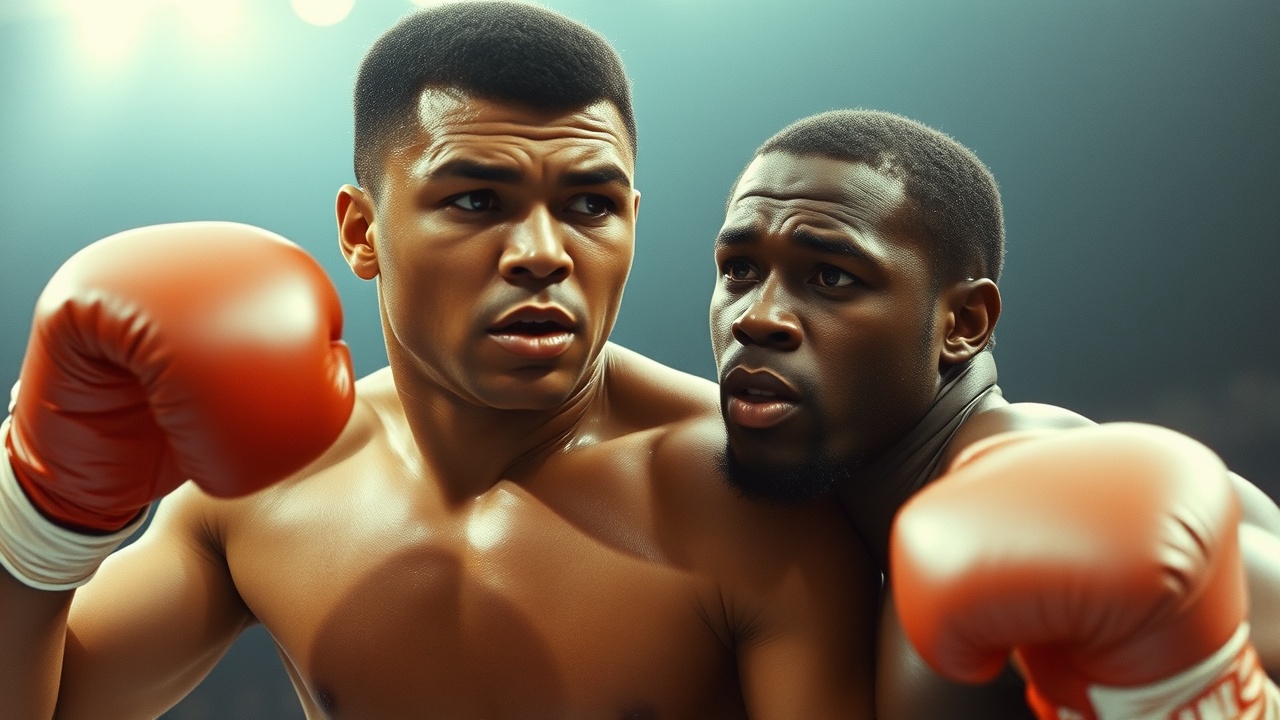The Thrilla in Manila: A Legendary Bout
The legendary bout known as the ‘Thrilla in Manila’ reached its 50th anniversary, serving as a stark reminder of the intense rivalry between Muhammad Ali and Joe Frazier. This was not merely a championship fight; it was a testament to human endurance and shared pain, occurring under oppressive heat and amidst a brutal physical challenge. The match took place on October 1, 1975, in the Philippines and would solidify Ali’s status as he emerged victorious, his hand raised despite suffering visible injuries and long-term damage.
Pre-Fight Rivalry and Tactics
Leading up to the fight, Ali engaged in a war of words that painted Frazier as an unattractive contender, deriding his intelligence and appearance—characteristics that Ali believed disqualified Frazier from being a true champion. This tactic was met with Frazier’s stoic resolve and an implied plea for dignity, as he illustrated his pride through photographs of his children, begging for respect in a fight that had become increasingly personal.
Historical Context and Build-Up
The historical context surrounding their encounters adds depth to this rivalry. Initially, their series of fights were evenly matched: each had claimed a victory over the other, with Frazier’s triumph occurring during their first encounter, dubbed the Fight of the Century, in 1971. After a subsequent rematch in 1974, which Ali won, anticipation for this final showdown escalated. The financial backing from then-Philippine President Ferdinand Marcos and his wife, Imelda—who was known for her extravagant shoe collections—only added to the spectacle of the event. As Ali masterfully scripted his trash talk, he popularized the term ‘thrilla’, immortalizing both the location and the struggle.
The Fight Night
On the fight night, esteemed boxing journalists sat ringside, chronicling the intense rivalry and personal stories that unfolded before them. Renowned writer Jerry Izenberg recalled the exchanges, capturing the raw emotion shared between both fighters that transcended mere competition. In one startling moment, Frazier countered Ali’s bravado, reminding everyone that he was anything but washed-up, a poignant interaction that resonated with the audience and the press.
The Climactic Conclusion
As the fight progressed, the tension and brutality reached staggering heights. In a pivotal round, Frazier’s trainer, Eddie Futch, was confronted with a dire situation as Frazier struggled under the toll of the fight yet refused to back down. Recognizing his fighter’s peril, Futch ultimately made the fateful decision to stop the fight after the 14th round. He leaned down to Frazier, who was visibly hurting, and with an empathetic tone said,
“Sit down, son. It’s all over. No one will ever forget what you did here today.”
Though Ali claimed he was ready to quit, it was evident to those around him that he was still pushing through the fury of the moment. Both fighters emerged from this match changed irrevocably; they had pushed each other to the limits of human capacity in their pursuit of greatness.
Legacy of the Thrilla
While Ali may have taken home the victory, the significance of Frazier’s contributions and struggles in that legendary ring must not be overlooked as boxing fans reflect on one of the sport’s most unforgettable duels. Today, as memories of their fierce rivalry resurface, the legacy of the ‘Thrilla in Manila’ demands respect for both men who entered the ring that fateful day.
As time moves on, the stories of those who witnessed the clash fade, but the epic nature of this confrontation between Ali and Frazier remains indelibly printed in the annals of boxing history.




